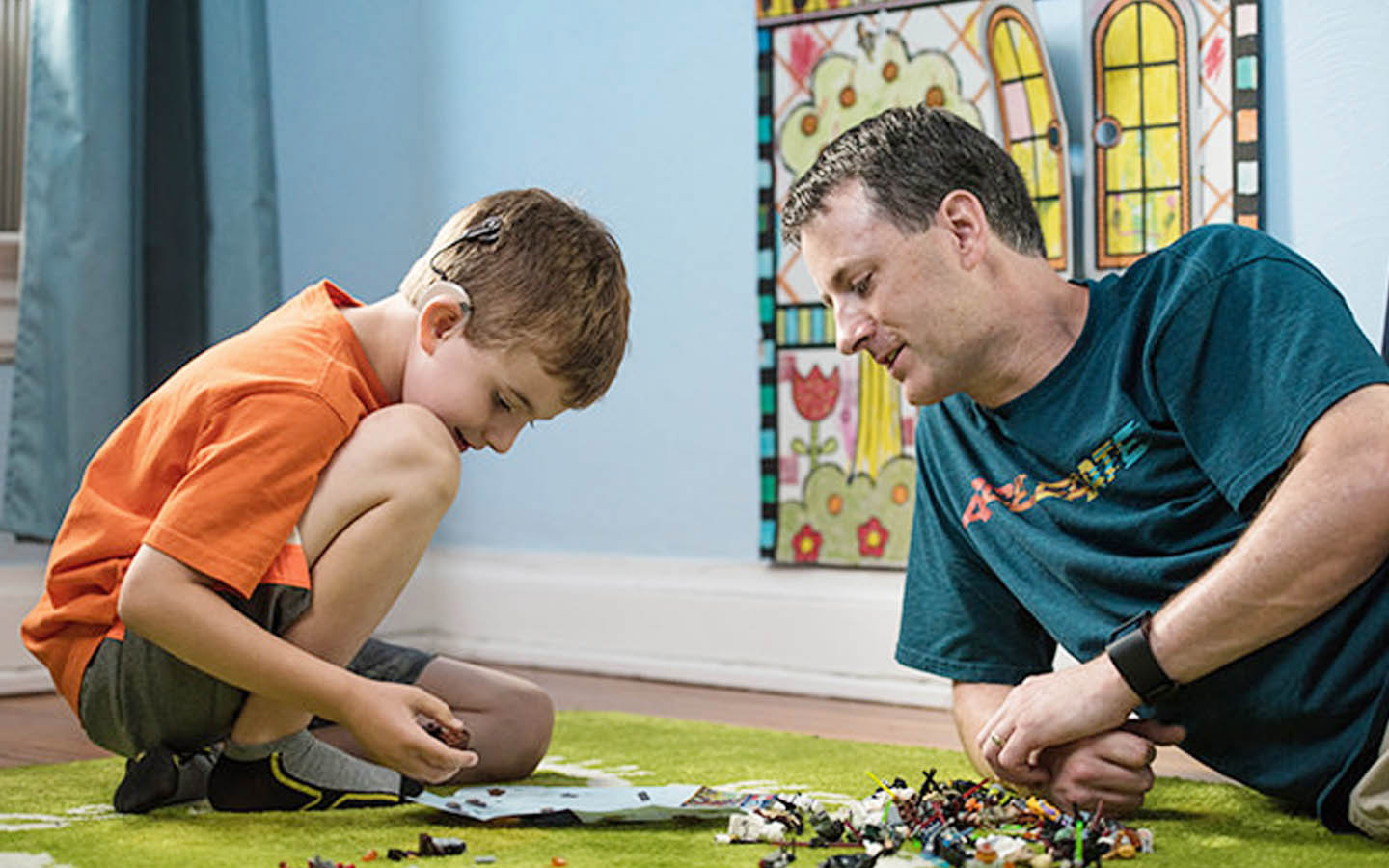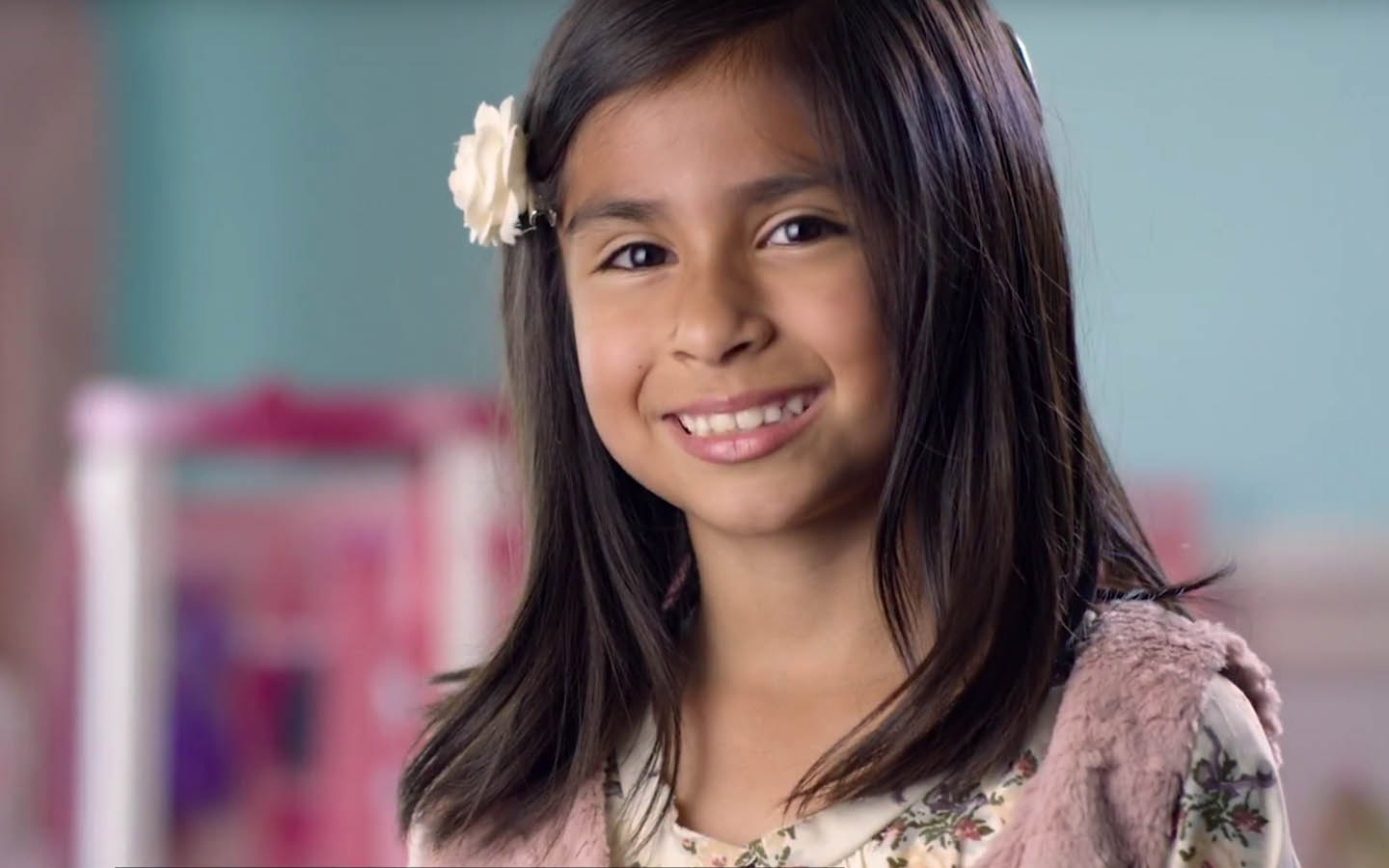Bone conduction solutions for children
Discover how bone conduction may be able to help your child hear better.

What you'll find on this page
- How a bone conduction implant can improve a child's hearing.
- The benefits of bone conduction implants.
Every child is different and so is a child's hearing loss.
For example, Josh's mum, Emily, recalls that Josh initially tried hearing aids to help with his hearing loss but said he could only hear 'low mumbles' before getting a bone conduction implant. Now he enjoys playing basketball, listening to music, and hanging out with his friends.
"I noticed him struggling to interact with other people. He wasn't doing well in school, and that's when I realised we need a different option."
- Emily, mother of Josh, Cochlear™ Baha® recipient, USA
Can bone conduction implants help your child?
Bone conduction implants can help children with single-sided hearing loss, conductive hearing loss or mixed hearing loss.
What are the benefits?
Research and decades of experience have shown that bone conduction implants can help children with these types of hearing loss:
-
Hear better, even in noisy situations.1,2
-
Enjoy improved sound quality (compared to hearing aids) by bypassing the damaged part of their ear to reduce the amount of amplification needed to hear better.2
-
Enjoy improved speech recognition (compared to hearing aids).3
A hearing professional who specialises in hearing implant technology can advise if your child could benefit from a bone conduction implant.
Are there bone conduction solutions that don't need surgery?
Yes. The Cochlear™ Baha® System allows your child to experience all the benefits of bone conduction even if they are too young for an implant or not quite ready for surgery.
The Baha® Softband and SoundArc™ are non-surgical solutions that may give children the hearing performance they need to help develop language skills.4 Both work with any of the Baha 5 sound processors.
Talk to your hearing health professional to find out more.
Baha Softband and SoundArc information - Placeholder
Learn about non-surgical bone conduction solutions available from Cochlear.
Bone conduction solutions for children
1.2MB | PDF
Find a hearing implant specialist near you
Disclaimer
Please seek advice from your health professional about treatments for hearing loss. Outcomes may vary, and your health professional will advise you about the factors which could affect your outcome. Always follow the directions for use. Not all products are available in all countries. Please contact your local Cochlear representative for product information.
For a full list of Cochlear’s trademarks, please visit our Terms of Use page.
Views expressed are those of the individual. Consult your health professional to determine if you are a candidate for Cochlear technology.
References
- Hol MK, Cremers CW, Coppens-Schellekens W, Snik AF. The Baha Softband. A new treatment for young children with bilateral congenital aural atresia. Int J Pediatr Otorhinolaryngol. 2005;69:973-80.
- Lin LM, Bowditch S, Anderson MJ, May B, Cox KM, Niparko K. "Amplification in the rehabilitation of unilateral deafness: speech in noise and directional hearing effects with bone-anchored hearing and contralateral routing of signal amplification." Otology & Neurotology. 2006;27(2):172-82.
- Flynn MC, Sadeghi A, Halvarsson G. Baha solutions for patients with severe mixed hearing loss. Cochlear Implants Int 2009;10 Suppl 1:43-7.
- Hol MK, Snik AF, Mylanus EA, Cremers CW. Long-term results of bone anchored hearing aid recipients who had previously used air-conduction hearing aids. Arch Otolaryngol Head Neck Surg 2005 Apr;131(4):321-5.






